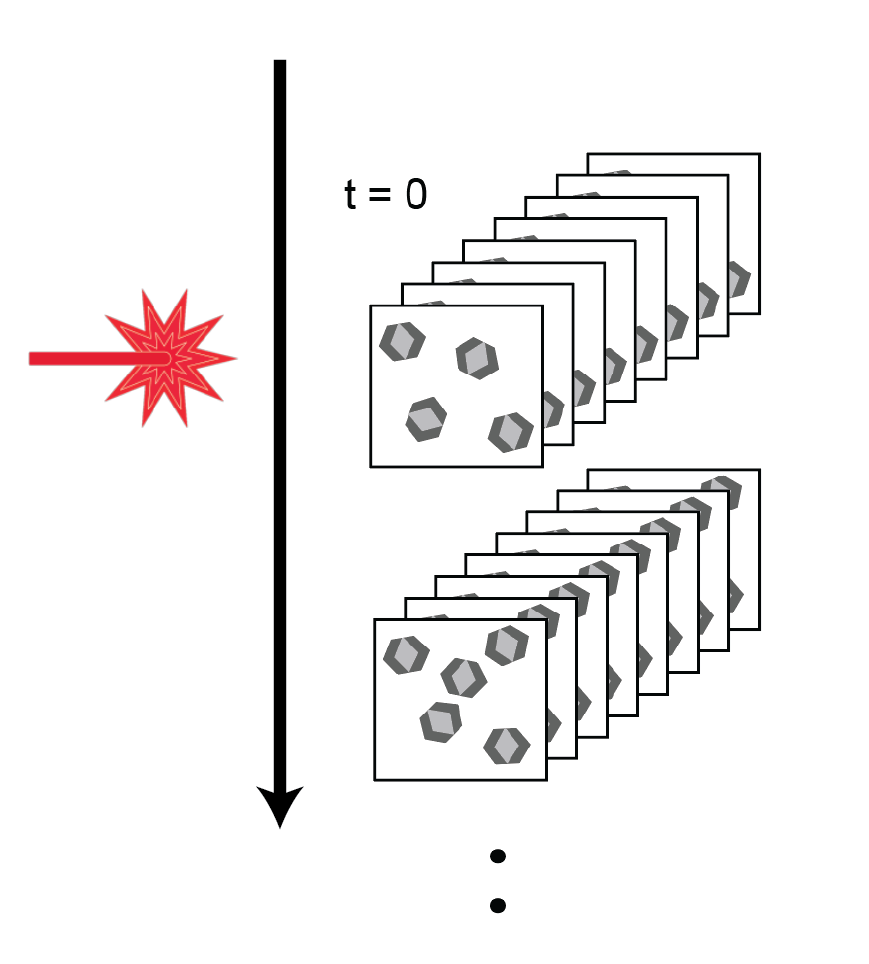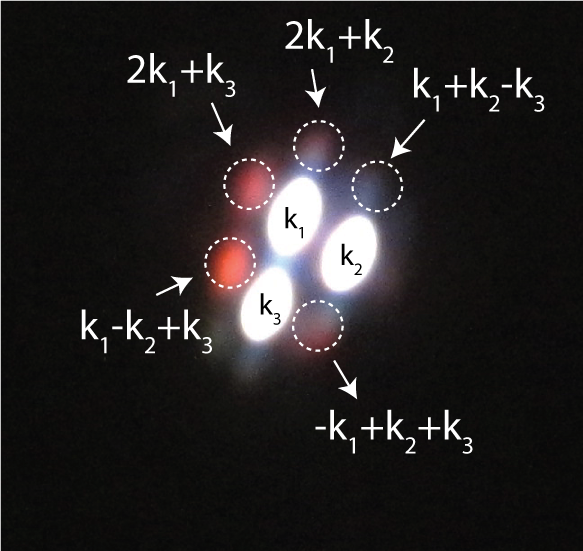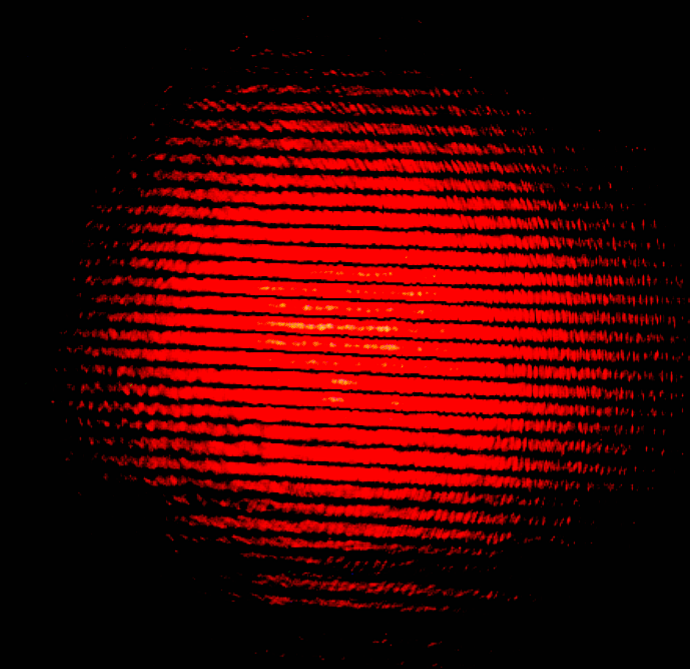Research
Ongoing projects
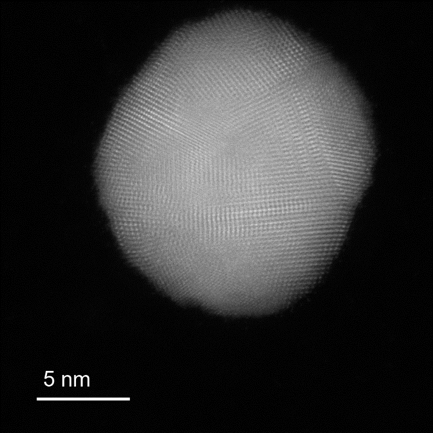
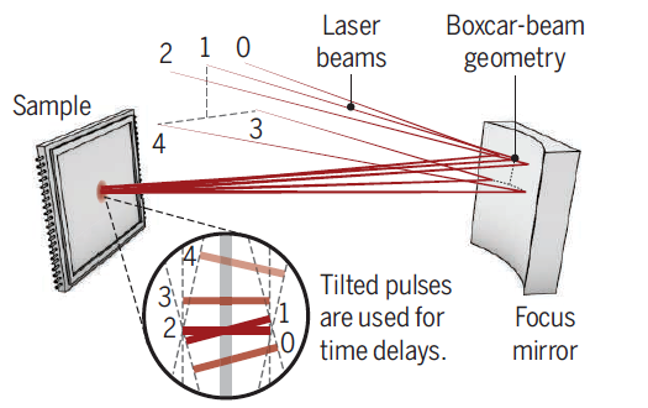
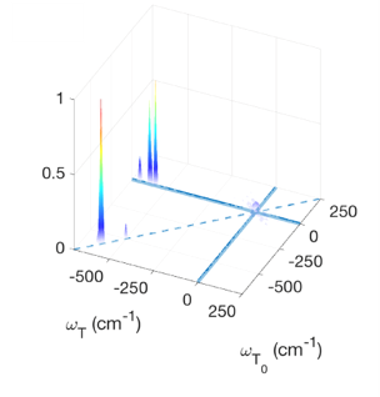

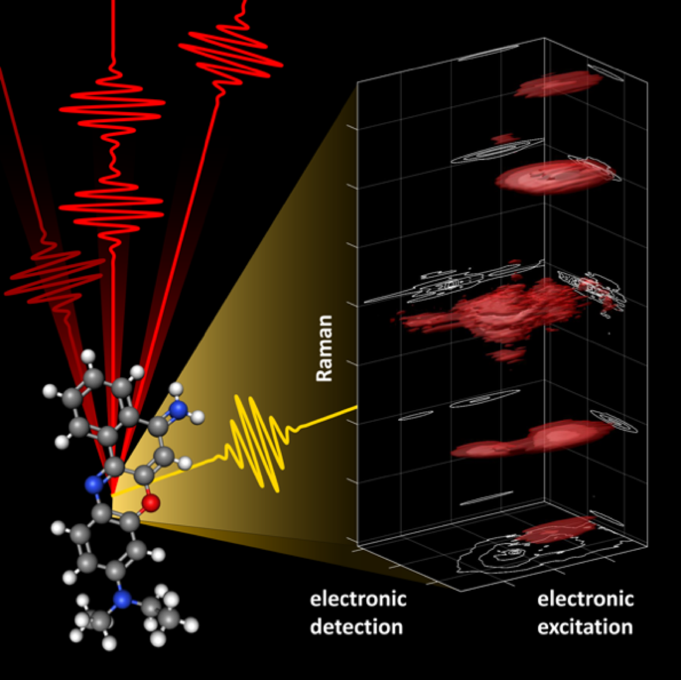

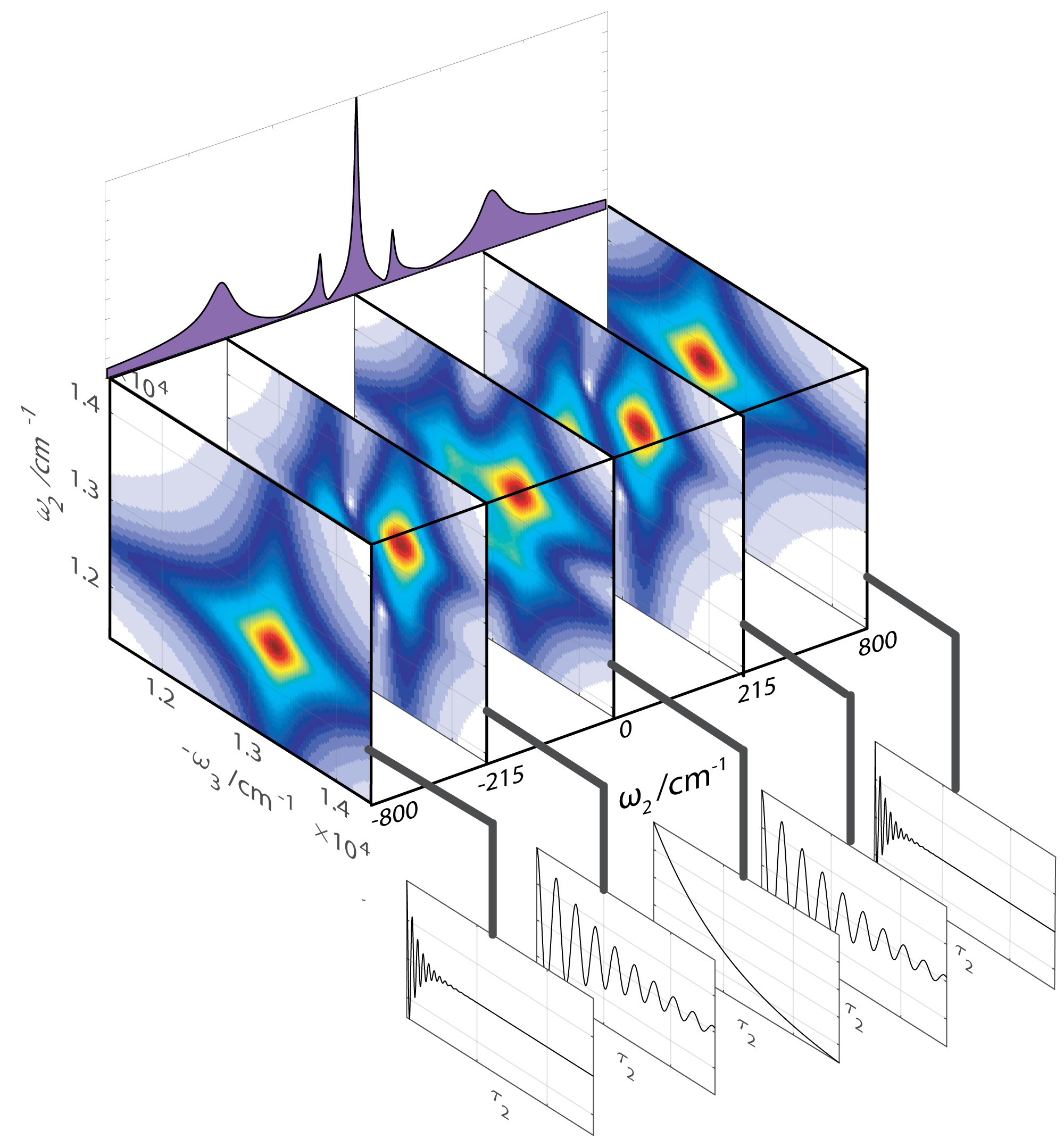
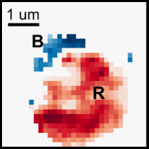
Method Development
Scientific progress depends not just on new ideas, but on new ways to observe the world at ever finer temporal, spatial, and energy scales. Many of the most important physical and chemical processes occur too fast, at scales too small, or in environments too complex for conventional techniques to capture. Developing new methods extends the limits of what we can probe, revealing materials and processes that were once invisible. Our lab pushes these frontiers by designing tools like BioSonic spectroscopy, which detects the vibrational signatures of biological nanoparticles, and PRISM, which maps energy flow and interactions across tens of thousands of locations simultaneously. GRAPES enhances the resolution of ultrafast spectroscopic measurements, while single-particle spectroscopy uncovers hidden heterogeneities in complex systems. These advances go beyond improving measurement capabilities—they challenge existing theories, capture transient states and novel phases, and reveal unexpected interactions that reshape our understanding of energy transport, chemical reactivity, and molecular dynamics. By continuously refining how we observe and understand the microscopic world, we unlock new materials, new physics, and new insights into the fundamental mechanisms that govern nature.
BioSONICs
BioSonic spectroscopy is a powerful new technique that uses ultrafast laser pulses to detect the vibrational signatures of biological nanoparticles, enabling label-free detection and structural characterization of viruses and other microorganisms. Just as a tuning fork vibrates at a unique frequency, BioSonics allows us to “listen” to the acoustic fingerprints of individual viral particles, revealing their mechanical properties, composition, and interactions with their environment. This provides a new way to study viral pathogenesis, capturing how viruses change as they infect host cells, undergo structural transitions, or respond to antiviral drugs. Beyond fundamental research, BioSonics offers a rapid, highly specific approach to viral diagnostics without the need for chemical labels or genetic amplification. Because this technique is generalizable to other microorganisms, it opens new possibilities for tracking bacteria, extracellular vesicles, and other nanoscale biological entities. When combined with imaging, BioSonics offers a transformative way to study biological systems, mapping how viruses, cells, and biomolecules evolve in native environments with high spatial and temporal resolution. By extending the limits of what we can see and measure, BioSonics is reshaping how we study and detect pathogens, with broad implications for medicine, virology, and global health.

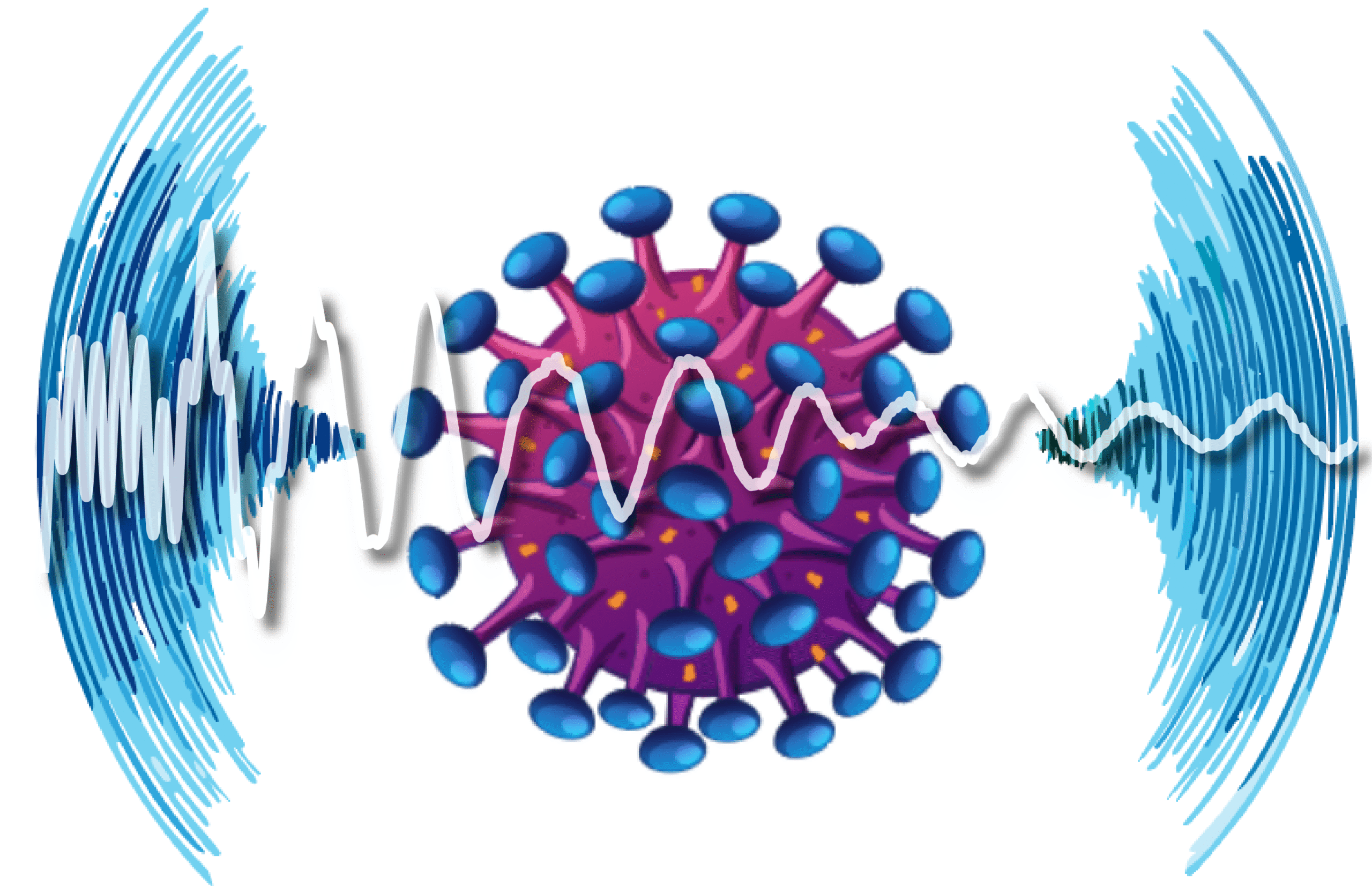

Laser Synthesis
Our work in laser-induced crystallization (LIC) focuses on developing a simple, scalable approach to control the nucleation and growth of optoelectronic materials with high spatial and temporal precision. By using laser-driven plasmonic heating of gold nanoparticles, we induce localized supersaturation conditions that enable on-demand crystallization of lead halide perovskites. This method offers a seed-free, mask-free strategy for deterministic crystal growth and provides a platform for studying early-stage crystallization dynamics with high temporal resolution. The approach holds promise for fabricating high-quality, patterned materials for next-generation optoelectronic applications and offers a general framework for controlled crystallization in other systems.
Deep Learning
AI-assisted materials discovery is transforming how we design and optimize new materials by integrating machine learning with high-throughput synthesis and characterization. AI in materials science requires both high-quality and large-scale data to be effective—without both, predictive models fail to capture the complexity of real materials. Our lab addresses this challenge by combining PRISM, a high-speed spectroscopic platform that generates millions of spectra per second, with high-speed, high-throughput synthesis using liquid-handling robotics, enabling rapid exploration of vast compositional spaces. By coupling these capabilities with real-time AI-driven analysis, we create adaptive feedback loops that refine synthesis conditions dynamically, accelerating the search for materials with optimized properties. More than just predicting new materials, our approach allows AI to uncover hidden structure-property relationships, challenging conventional theories and guiding experimental efforts. By integrating AI with large-scale experimental datasets, we are redefining how materials are discovered, with broad implications for energy, catalysis, and quantum technologies.
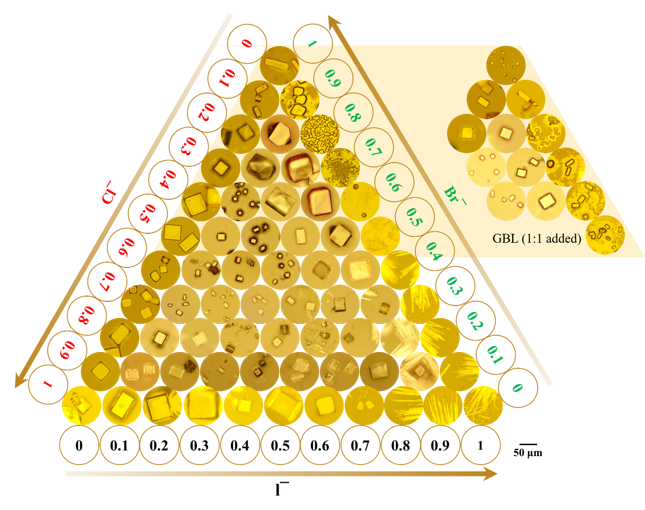
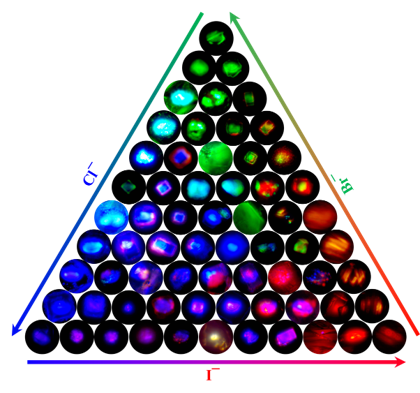
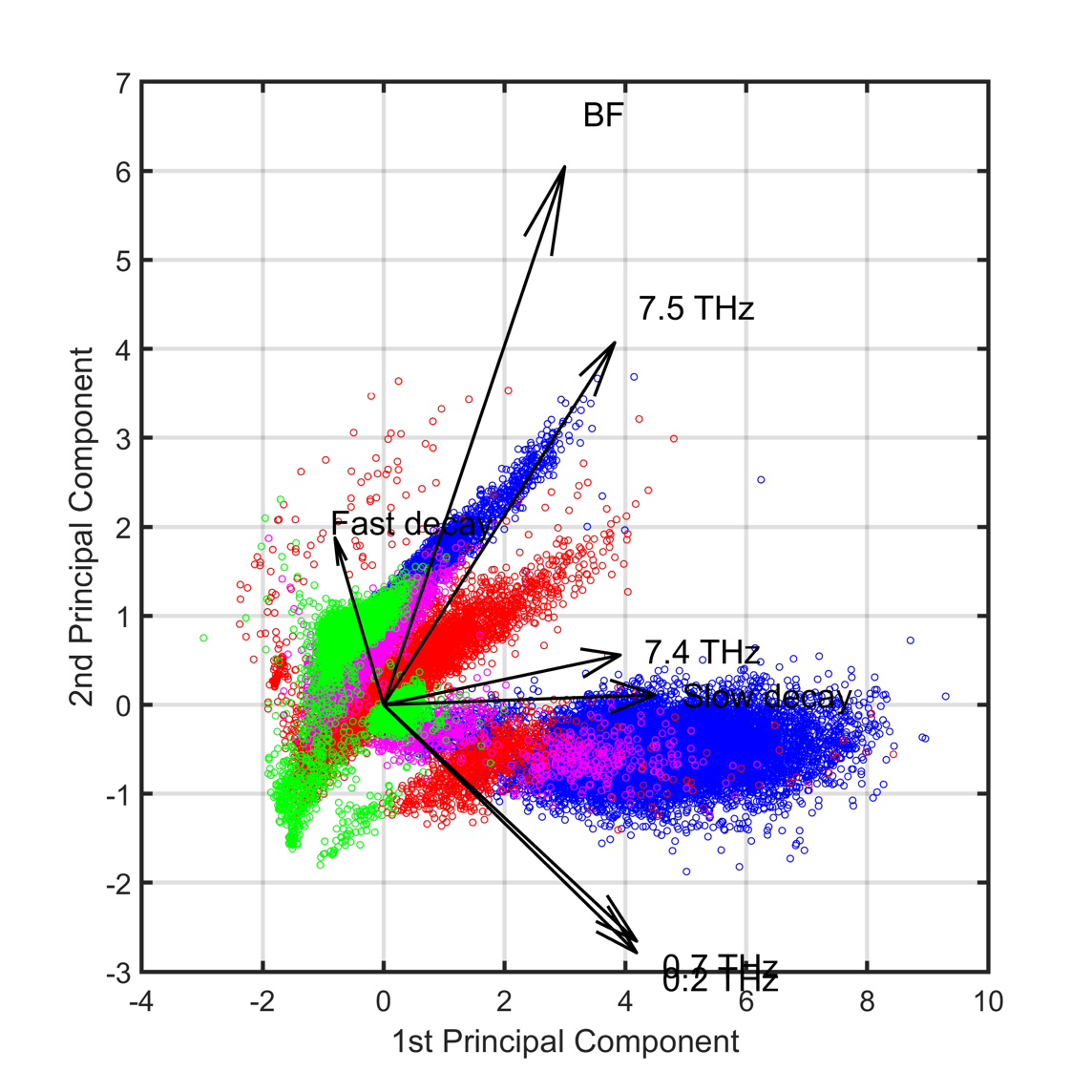
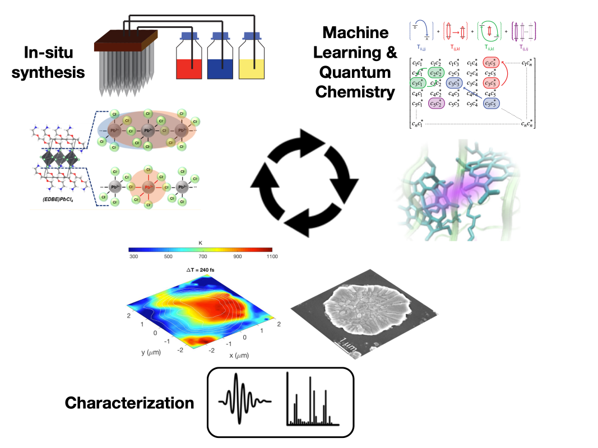
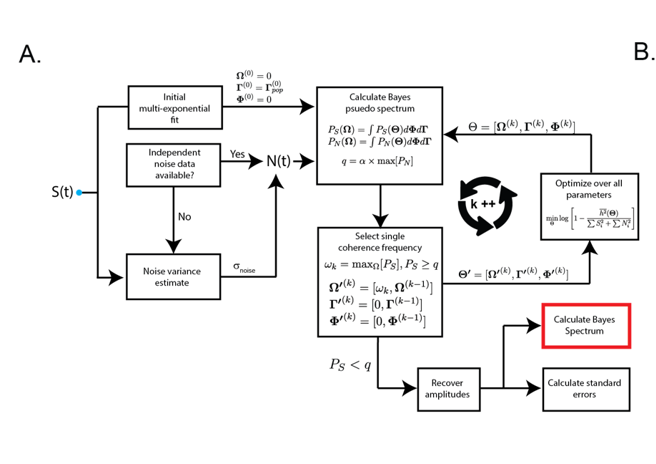
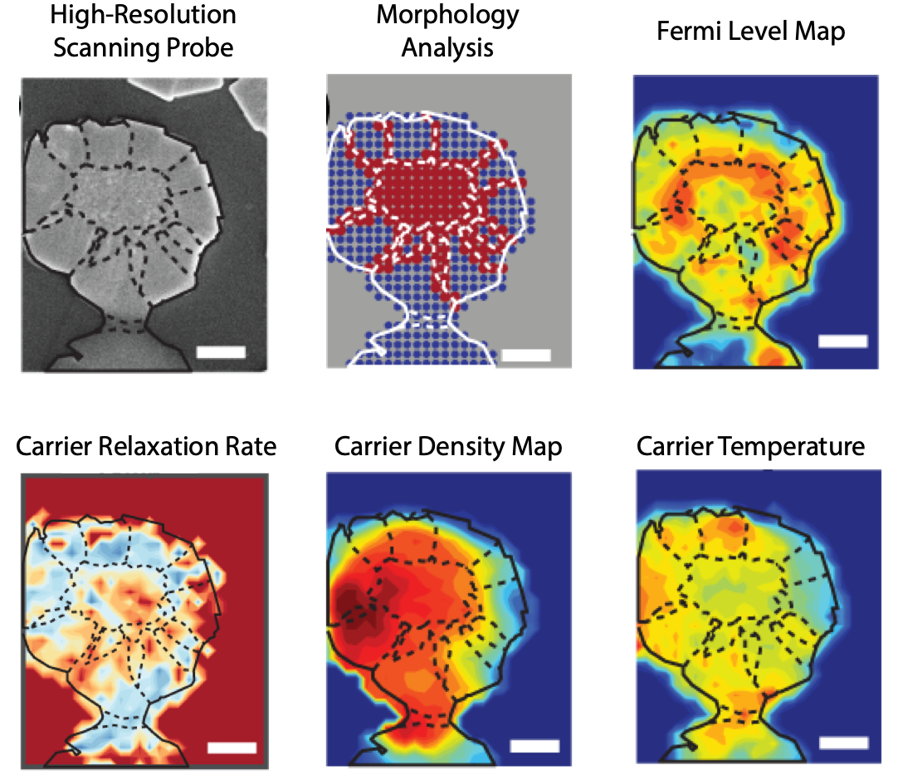
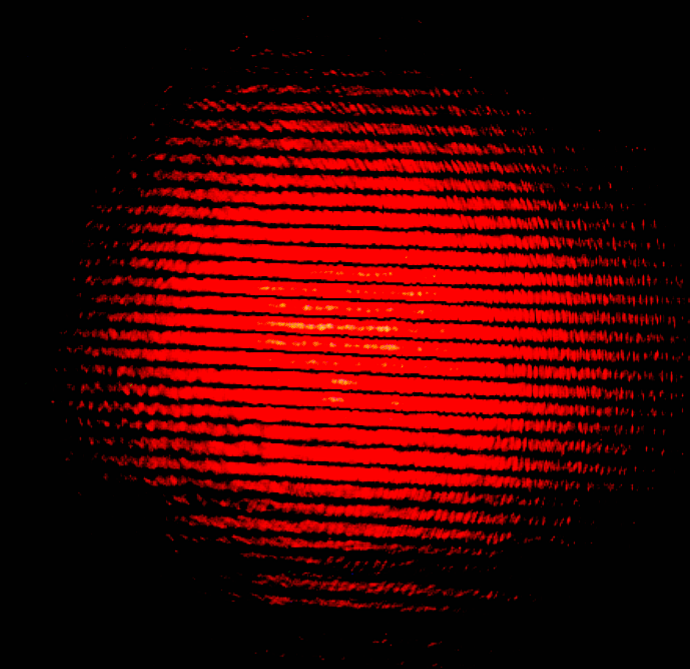

Quantum Information Science
Our efforts in quantum information science (QIS) focus on understanding and mitigating phonon-mediated decoherence in quantum materials under extreme operational environments. We leverage our high-throughput ultrafast spectroscopic imaging platform, PRISM (Parallel Rapid Imaging and Spectroscopic Mapping), to spatially and temporally resolve vibrational coherence and electron-phonon interactions in superconductors, topological insulators, and defect-engineered oxides. By correlating coherent phonon lifetimes with structural heterogeneities such as grain boundaries, vacancies, and interfacial strain, we are uncovering the mechanisms by which local disorder degrades quantum coherence. Our approach not only enables direct benchmarking of materials for quantum computing and sensing but also informs targeted phonon engineering strategies to suppress decoherence. Through advanced statistical and machine learning analysis of PRISM’s rich datasets, we are building a predictive framework for designing quantum materials with enhanced coherence, resilience, and functional performance in real-world environments.
Real-Time Ultrafast Spectroscopy
Many important processes in chemistry, biology, and materials science such as molecular assembly, charge transport, and structural transformations occur over a wide range of time scales and involve intermediate or transient states that are difficult to access experimentally. Traditional ultrafast spectroscopy resolves fast femto- to nanosecond dynamics but typically relies on repeated measurements of reversible processes, making it poorly suited for capturing non-repetitive or evolving systems. Our PRISM (Parallel Rapid Imaging and Spectroscopic Mapping) technique overcomes these limitations by enabling real-time, wide-field detection of electronic and vibrational dynamics with femtosecond resolution across thousands of spatial locations. By providing contrast based on inter- and intramolecular interactions, PRISM allows direct observation of dynamic processes as they occur without requiring the system to return to its original state offering a new way to study complex, non-equilibrium behavior in diverse material, chemical, and biological systems.
